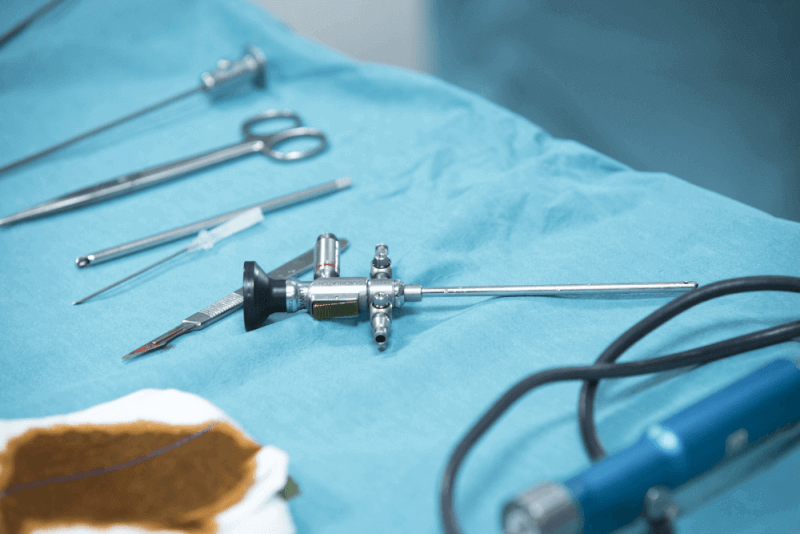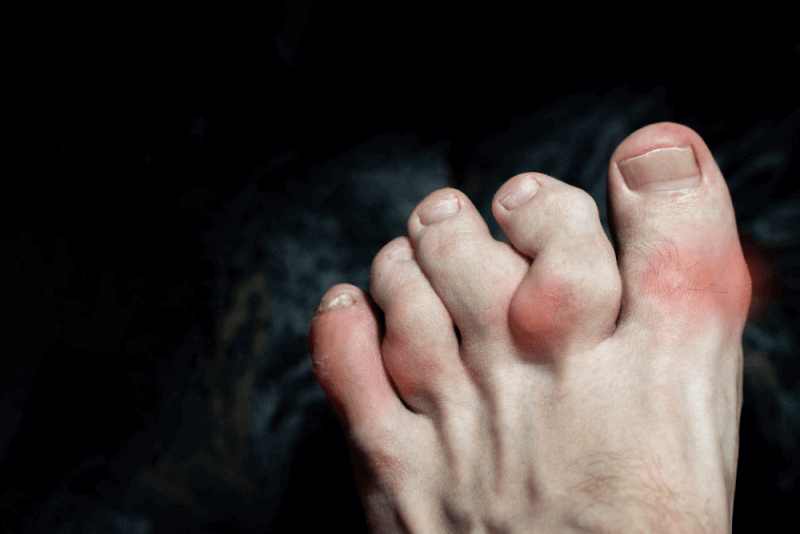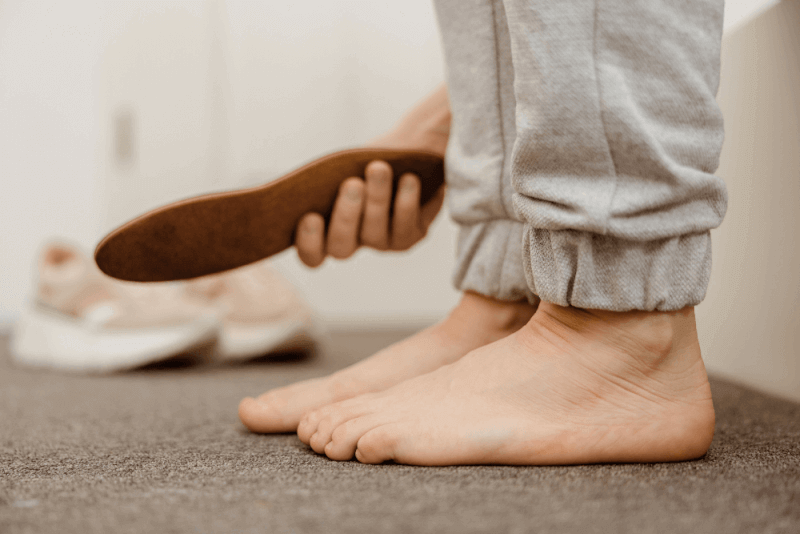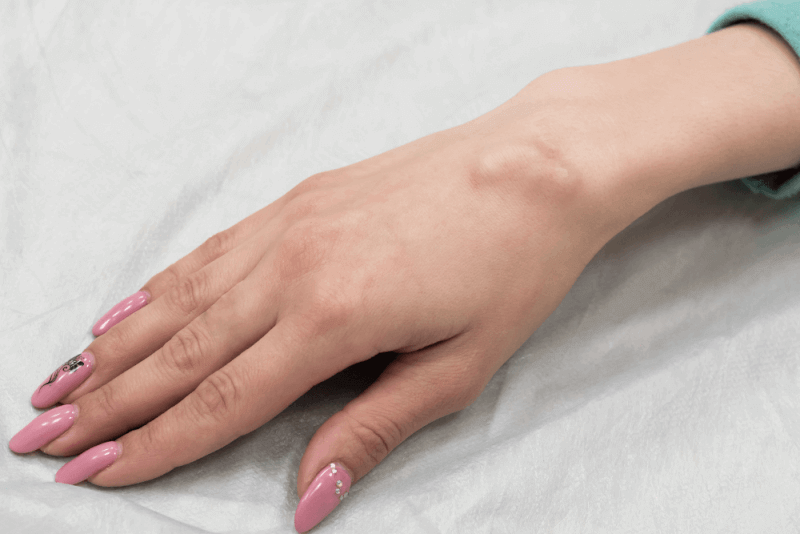What is Shoulder Arthroscopy?
Shoulder arthroscopy is a minimally invasive surgery used for diagnosing and treating various shoulder problems. Using a small incision, also known as a keyhole, a camera is inserted into the shoulder joint to detect issues. If repair is needed, miniature surgical tools can be used during the arthroscopy to restore shoulder movement.
Shoulder arthroscopy is used to find and treat the cause of shoulder pain that does not respond to non-surgical treatments. Non-surgical treatments for shoulder pain include physical therapy, medication, injections, and rest.
Physical Therapy After Shoulder Arthroscopy
The main benefit of physical therapy after shoulder arthroscopy is the gradual return to daily activities and complete recovery. In the early stages of recovery, it is recommended to perform exercises 2 or 3 times a day for 10-15 minutes. It is crucial that physical therapy exercises are tailored to the patient's needs. The following are some of the movements included in the subsequent physical therapy:
Codman Exercise
The steps of the Codman exercise are as follows:
- Bend forward 90 degrees at the waist and place the unaffected hand on a table for support.
- Move the arm clockwise 10 times, then counterclockwise 10 times. The arm should be relaxed during the exercise. The circles should be about 30 centimeters wide.
- Repeat the movement 3 times.
Forward Shoulder Elevation
Patients will need assistance to perform this exercise. It can be done either lying down or sitting.
- Clasp the hands together and raise the arms above the head.
- Keep the elbows as straight as possible and maintain the elevation for 10 to 20 seconds.
- Slowly lower the arms.
- Perform 3 sessions per day with 20 repetitions each.
- As the sessions progress, it is recommended to gradually increase the elevation of the arms.
Supported Shoulder Rotation
Another exercise performed with assistance is supported shoulder rotation. However, in some cases, surgeons may limit the degree of external rotation of the operated shoulder after surgery. Therefore, it is important to determine whether there is an external rotation limit before starting the exercise. The steps of the exercise are as follows:
- The elbow is placed on a table without altering its position, and the shoulder blades are kept down and together.
- The arm is then moved inward and outward at the elbow.
- Repeat 10 times per session, with 3 sessions per day.
Internal Shoulder Rotation
The steps of this exercise, which should be performed with assistance, are as follows:
- Place the operated hand on the waist. The healthy hand is placed at head level. Hold a towel between the hands to connect them.
- This exercise should be performed 3 sessions per day with 10 repetitions.
Walking Exercise
The steps of this exercise, which can be performed alone, are as follows:
- With the elbow straight, use your fingers to "walk" up a wall as high as possible.
- Hold at the highest point for 10 to 20 seconds.
- Perform 3 sessions per day with 10 repetitions each.
Shoulder Elevation
The steps of this exercise, which can be performed alone, are as follows:
- Raise the arm upward with the palm facing the ceiling, hold the elbows, and maintain this position for 10 seconds.
- Perform 3 sessions per day with 10 repetitions each.
Shoulder Abduction
The steps of the shoulder abduction exercise include the following:
- Raise the arm sideways with the elbow straight and the palm facing down.
- Keep the torso upright and do not shake the arm.
- This exercise should be repeated 3 times daily, with three repetitions each.
Shoulder Extension
The steps of the shoulder extension exercise, which is an isometric exercise, are as follows:
- Stand with your back against a wall, arms straight at your sides.
- Press your arms against the wall, keeping your elbows straight, and hold for 5 seconds.
- Perform 3 sessions per day with 10 repetitions each.
External Shoulder Rotation
The steps of the external shoulder rotation exercise are as follows:
- Stand with the operated shoulder against the wall, and bend the elbow at a 90-degree angle.
- Slowly press the back of the hand against the wall and hold for 5 seconds.
- This exercise should be performed 3 sessions per day with 10 repetitions each.
Internal Shoulder Rotation
The steps of the internal shoulder rotation exercise include the following:
- Stand at a corner of a wall or in a door frame.
- Place the arm of the operated shoulder against the corner wall and bend the elbow at a 90-degree angle.
- Press the palm against the wall and hold this position for 5 seconds.
- Perform 3 sessions per day with 10 repetitions each.
Shoulder Adduction
The steps of this exercise are as follows:
- Place a small pillow between the inner arm and the side of the chest.
- Press the arm against the pillow and hold for 5 seconds.
- Perform 3 sessions per day with 10 repetitions each.
Shoulder Abduction
The steps of the shoulder abduction exercise are as follows:
- With the elbow bent, move the arm sideways and upward, gently pushing it against the back of a sturdy chair or couch, and hold for 5 seconds.
- Perform 3 sessions per day with 10 repetitions each.
Internal Shoulder Rotation
The steps of this exercise, aimed at strengthening the shoulder joint, are as follows:
- Lie on the side of the operated shoulder and bend the elbow at a 90-degree angle.
- Lift the hand towards the abdomen while holding a light weight, then slowly return it to the starting position.
- Perform 3 sessions per day with 10 repetitions each.
External Shoulder Rotation
Another exercise for strengthening the shoulder joint is external shoulder rotation. The steps are as follows:
- Lie on the healthy shoulder side and bend the operated elbow at a 90-degree angle.
- Move the hand away from the abdomen while holding a light weight, then slowly return it to the starting position.
- Perform 3 sessions per day with 10 repetitions each.
Risks of Shoulder Arthroscopy
Shoulder arthroscopy is generally very safe, but there are minor risks involved. These risks include:
- Infection
- Excessive bleeding or swelling
- Damage to blood vessels or nerves
- Blood clots
Recovery Process After Shoulder Arthroscopy
Complete recovery of the shoulder joint after shoulder arthroscopy can take weeks or months. Pain and swelling for several weeks after the procedure are expected. Cold compresses and pain relievers are effective in alleviating pain. It is also recommended to try sleeping in an upright position for a few days after surgery. A sling should be used to protect the shoulder.
Planned, gentle exercises and physical therapy are necessary to ensure the shoulder joint functions efficiently. This helps to increase shoulder mobility and restore strength.
The time it takes for patients to return to their daily lives after the procedure depends on the complexity of the surgery. If a minor procedure is performed, the patient may return to work or school within a few days. However, patients who undergo more extensive procedures may need a longer recovery period.
How is Shoulder Arthroscopy Performed?
Shoulder arthroscopy typically takes less than an hour. The following steps are usually involved:
- The patient is positioned either sitting up or lying on their side.
- If necessary, the hair around the surgery site is shaved, and the area is cleaned with an antiseptic solution.
- The arm is placed in a special device to keep it immobile.
- Fluid may be injected to provide a better view of the inside of the joint.
- Next, a small incision is made for the camera. This camera projects images of the inside of the joint onto a screen, and the surgeon uses these images to identify the problem in the shoulder.
- If shoulder arthroscopy is being performed for treatment, additional incisions are made, and small instruments required for the procedure are inserted through these incisions.
- After the procedure is completed, the incisions are closed, and small bandages are placed over them. Larger bandages are then applied over these bandages.
Benefits of Shoulder Arthroscopy
The main benefit of shoulder arthroscopy is a faster recovery process compared to open surgeries. Compared to open surgeries, arthroscopic surgeries have a lower risk of infection, and patients experience less joint stiffness and pain after the procedure.








